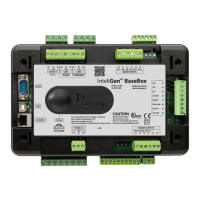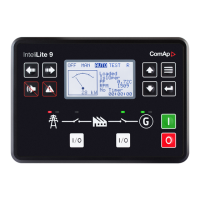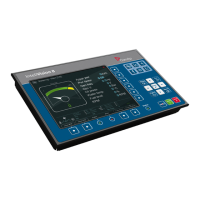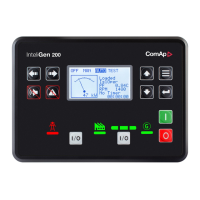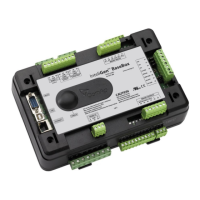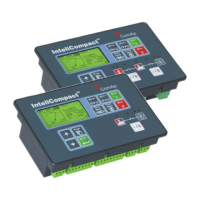IGS-NT Combi, SW Version 3.0, ©ComAp – May 2013
IGS-NT-Combi-3.0 Reference Guide.PDF
The ExtValue 3 is reset to it's default value when this input is activated and held
there until the input is deactivated. The default value is given by the setpoint
ExtValue3deflt.
While the reset input is active:
The value does not respond to up and down inputs.
The value does not accept new data that are written remotely from a
remote terminal using the ExtValue command.
NOTE:
Configuring of the reset input does not block writing the ExtValue remotely, in
comparison to the up and down inputs, which does. However, if the reset input is
active, the remotely written data are not accepted.
Binary input: ExtValue4reset
The ExtValue 4 is reset to it's default value when this input is activated and held
there until the input is deactivated. The default value is given by the setpoint
ExtValue4deflt.
While the reset input is active:
The value does not respond to up and down inputs.
The value does not accept new data that are written remotely from a
remote terminal using the ExtValue command.
NOTE:
Configuring of the reset input does not block writing the ExtValue remotely, in
comparison to the up and down inputs, which does. However, if the reset input is
active, the remotely written data are not accepted.
Binary input: RunIndication 1
This input is one of three inputs used for indication, that the engine is running, and
has following functions:
If the input is active when the engine is expected to be stopped, then the
Stop fail alarm is issued and start is blocked.
If the input becomes active while cranking, the engine is considered as
started and the start-up procedure continues to the next phase (idle).
NOTE:
Learn more in the separate chapter Starting sequence.
Binary input: RunIndication 2
This input is one of three inputs used for indication, that the engine is running, and
has following functions:

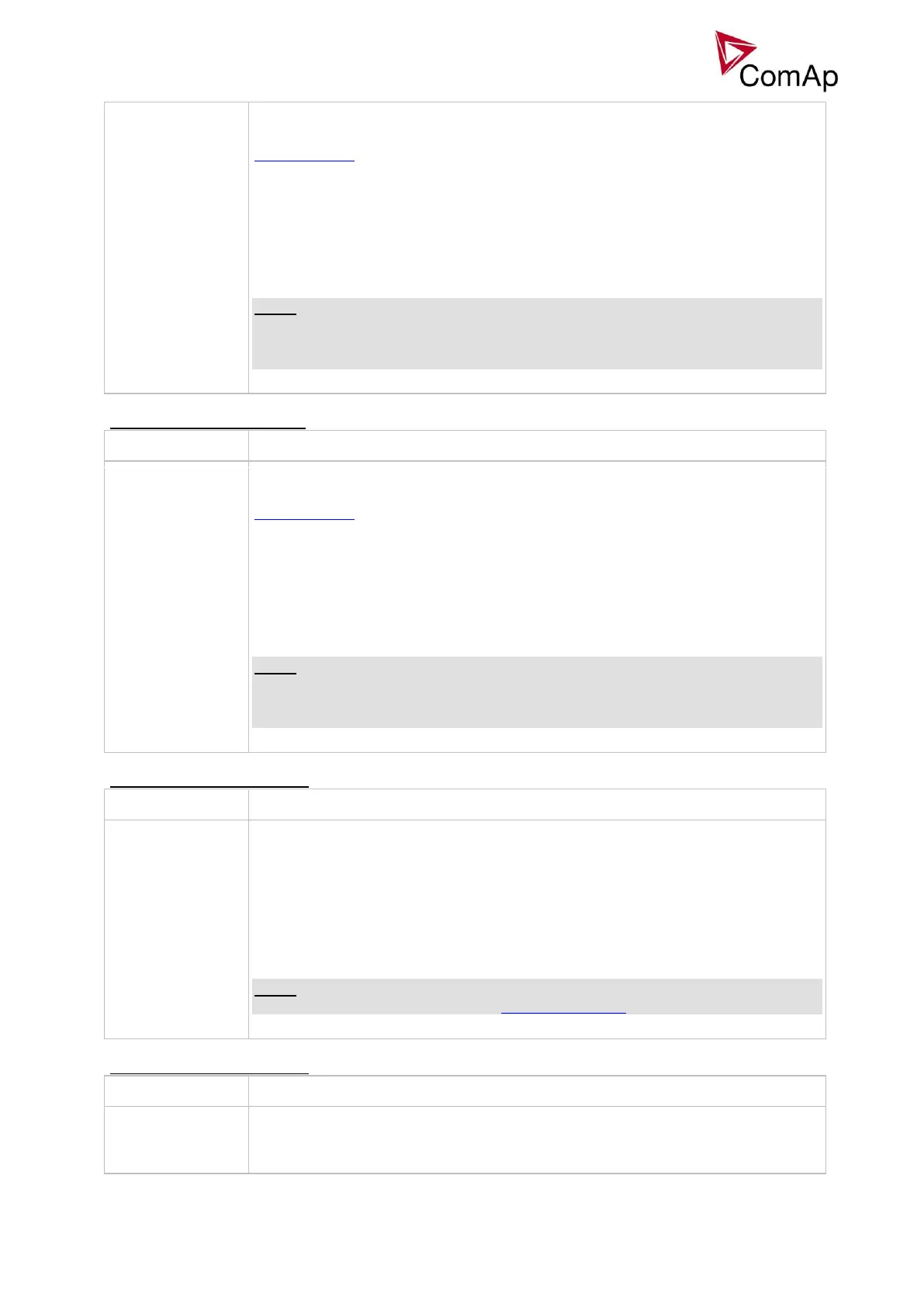